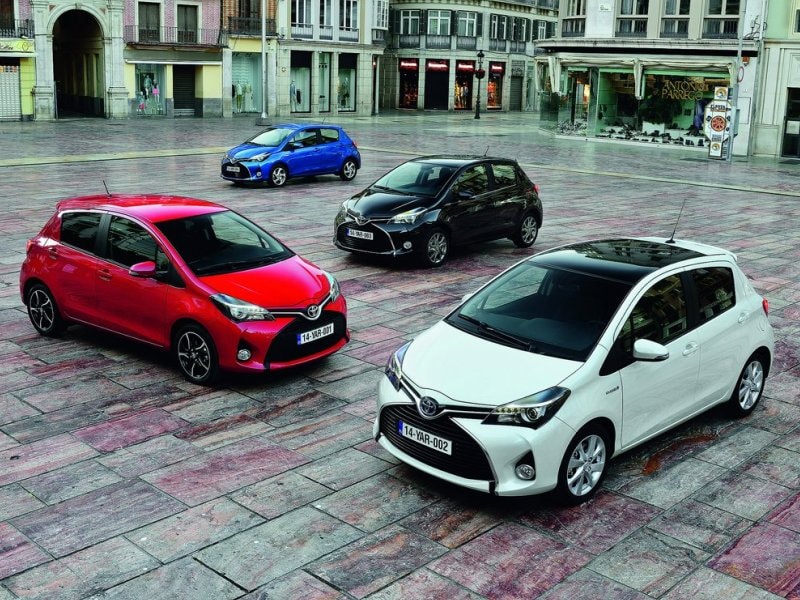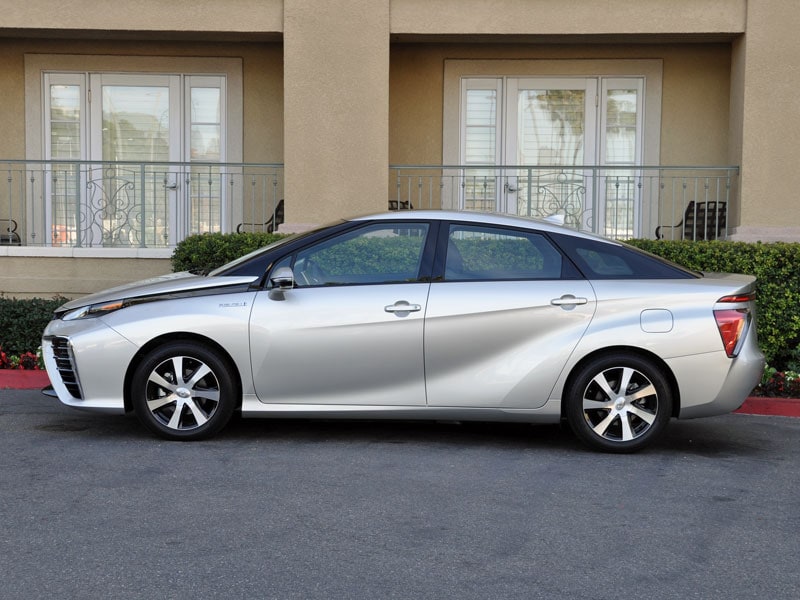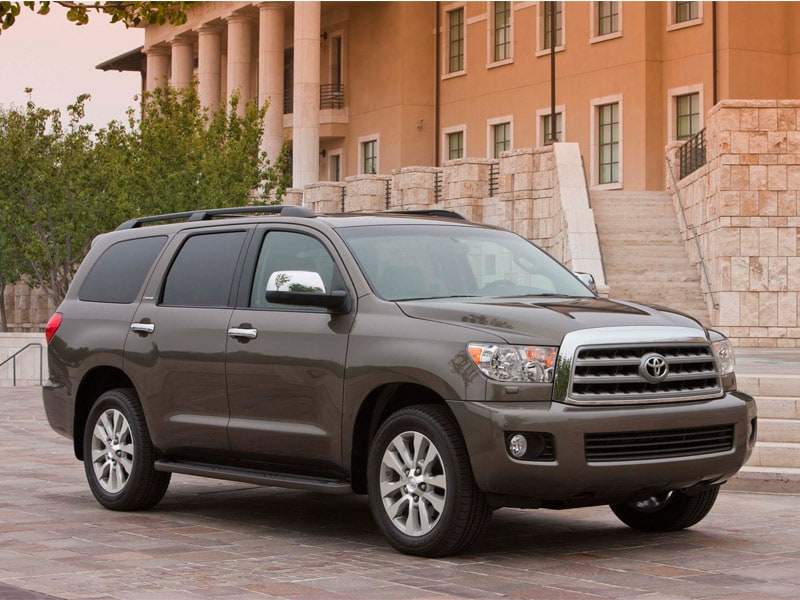Recent Articles
Popular Makes
Body Types
What Is Toyota Safety Sense?

2015 toyota yaris
Toyota has announced that they will launch a range of newly developed active safety technologies next year. Designed to help prevent or mitigate collisions at a wide range of vehicle speeds, the technologies will be split into two Toyota Safety Sense packages, with pricing chosen to encourage their adoption. The “C” package is designed for compact cars, while the “P” package is for mid-sized and high-end cars. The roll out will begin in 2015, and will be available in most models in Europe, Japan, and North America by the end of 2017.
Toyota Safety Sense C features three active safety technologies. The first is the Pre-collision System (or PCS), which uses a both a camera and laser radar to detect objects in front of the vehicle. If the system believes that there is the possibility of a collision, it prompts the driver to brake using audio and visual alerts. When the driver brakes to avoid the obstacle, the system provides additional braking force. If the driver fails to act, the system will automatically apply the brakes, reducing speed by approximately 19 miles per hour in order to prevent (or reduce the severity of) a collision. PCS operates at the speeds where at least 80 percent of rear-end collisions occur, between approximately 6 and 50 miles per hour.
The second system is the Lane Departure Alert (or LDA), which uses a camera to detect the white and yellow lane markings on the road. If the system detects that the vehicle has started to wander out of its lane, it alerts the driver with audio and visual alerts. The third system is Automatic High Beam (or AHB), which uses a camera to detect oncoming vehicles’ headlights, and automatically switches between low and high beam.
Toyota Safety Sense P includes all three of the technologies that form Safety Sense C, and adds two more safety technologies. The Pre-collision System with pedestrian detection function uses a millimeter-wave radar and a camera to detect pedestrians as well as vehicles. To help prevent or at least minimize collisions, the system alerts the driver and provides brake assist. If the driver does not brake in time, the system will brake automatically, reducing speeds by up to around 19 miles per hour. The system works at speeds between about 6 and 50 mph. The enhanced PCS works to prevent a collision with another vehicle between 6 mph and the vehicle's top speed, and can automatically reduce speed by approximately 25 mph.

Photo by Christian Wardlaw
The other technology is Radar Cruise Control, which uses millimeter-wave radar to determine the speed of other vehicles ahead of you on the highway. It then adjusts your vehicle’s speed until there is a safe distance between vehicles. The system uses the millimeter-wave radar as well as a forward facing camera to detect vehicles merging in and out of your lane to help maintain smooth acceleration and deceleration.
In the next few years, expect to see Toyota Safety Sense C on small cars like the Toyota Corolla and Yaris, and Safety Sense P on larger cars like the Toyota Avalon and Camry.
